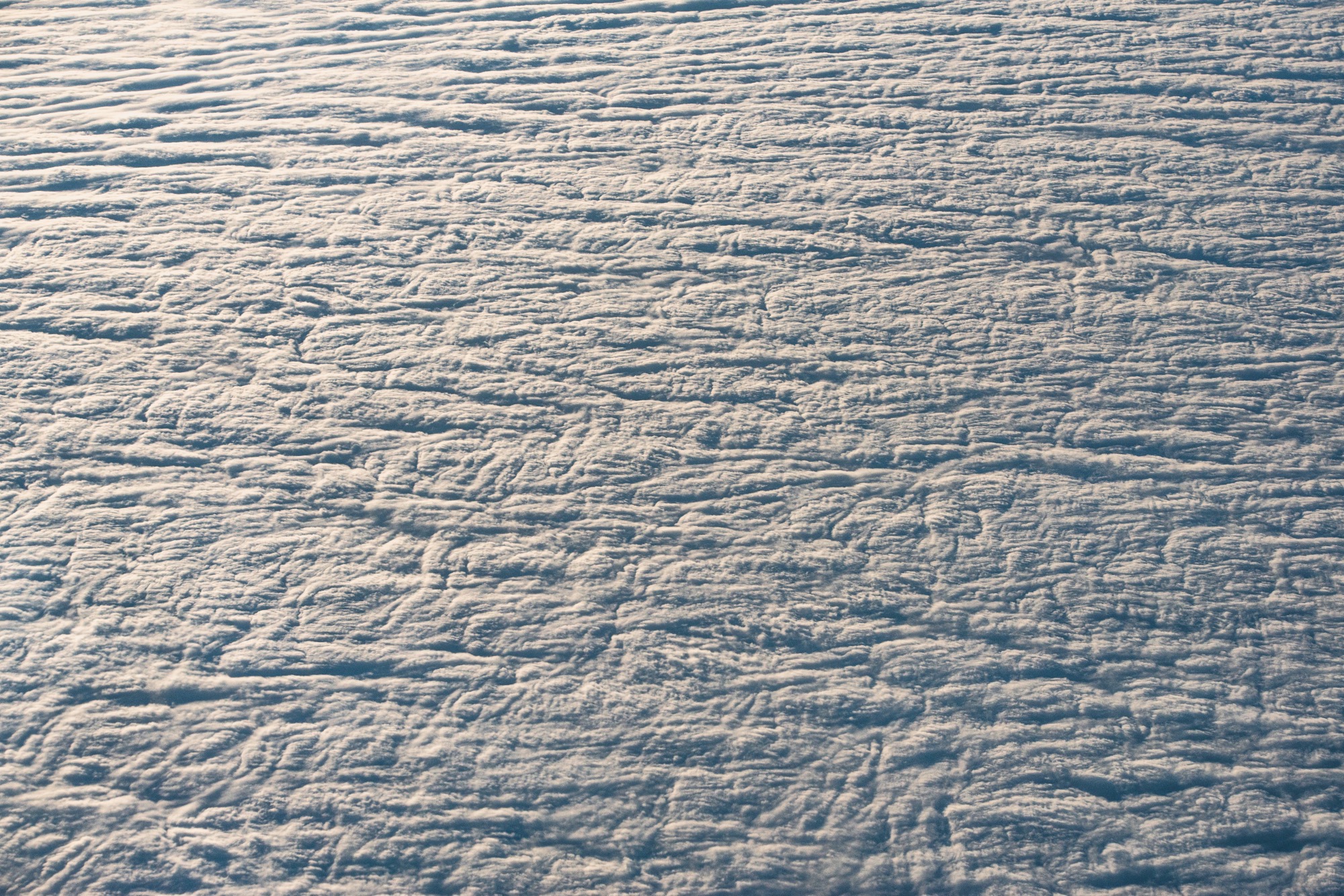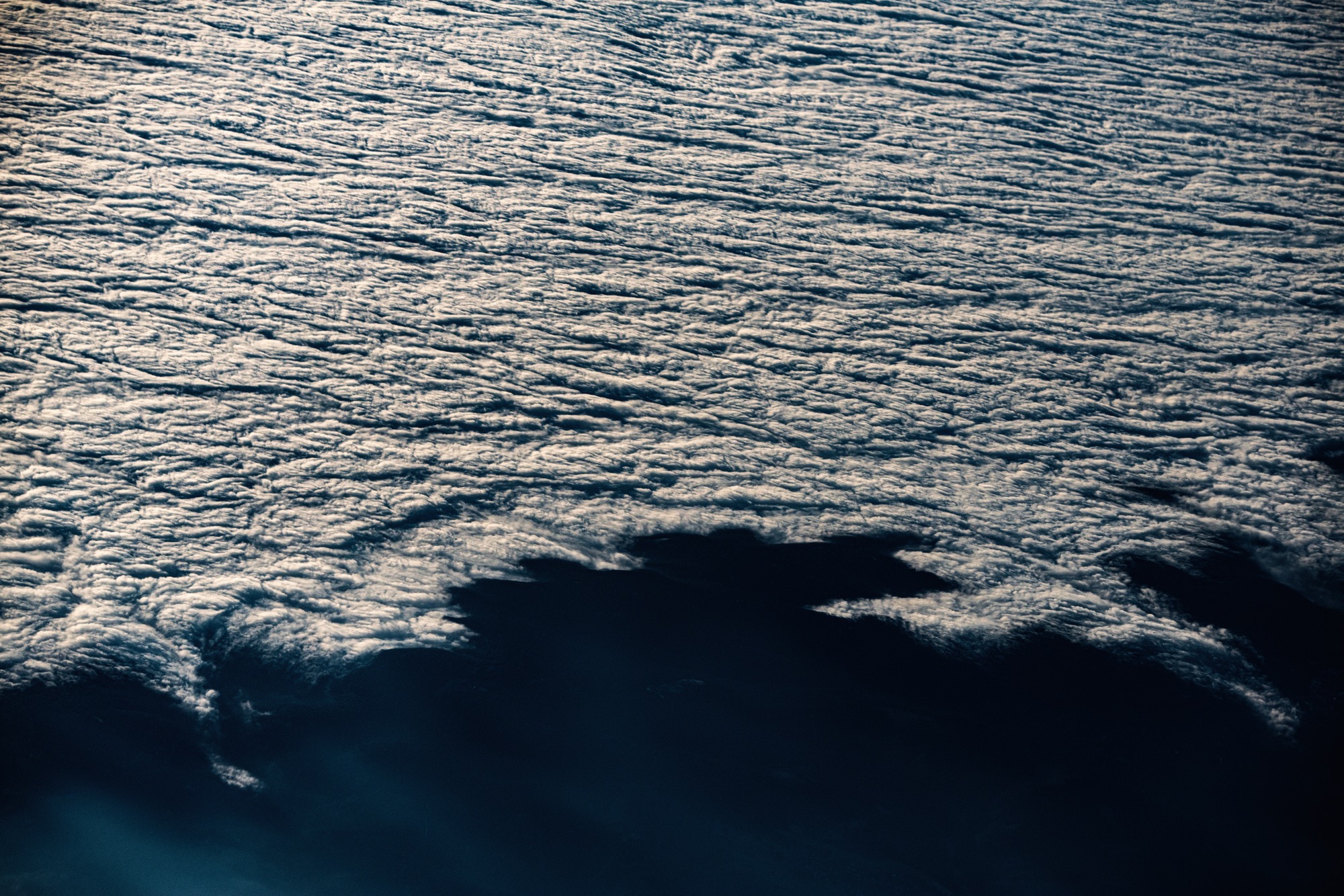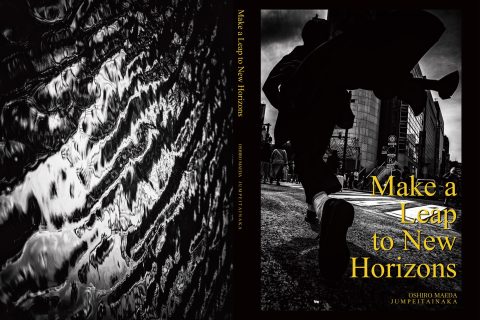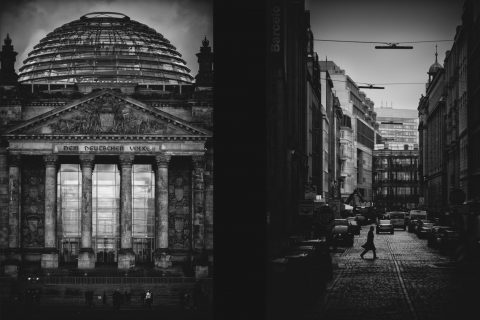


空(クウ)とは、天と地の間のことを指す。また何も存在しないこと、またはその様子を意味もする。空(ソラ)には生来、何も存在しない。つかもうとしても空(クウ)をつかむのみ。何もないのだ。
唯一存在するものといえば落下せずに空に浮かぶ雲だが、形はあれど、大地とは全く異なり、その上に立てるわけでもなく、もちろん触れることなんてできない。中身がないというか、存在しないものに近いとも言えやしないか。たがしかし、雲はあらゆる事象の変化に多大な影響を受け、千変万化を起こし、自身の装いを様変わりさせる。太陽の光だって貫かせることもあれば、受け止めることもあり、その結果彩りをも変化させる。それら事象の変化のせいで、雲に同じものは二つと存在しないことだろう。だがその姿は何物でもあると確信させる。
そんな空で行われている事象を、人間は機械の力で空を飛べるようになってから間近で見られるようになった。未踏の大地は地球ではもうすでになくなってしまったかもしれないが、この空の中で一度しか出逢うことのない景色は、未踏の地を時に描きもするし、人知や想像を超えて、圧倒的な美しさやロマンを人の心に響かせることだろう。
Kū is what connects the heavens to the ground. In Japanese, it can also signify emptiness. A vast empty sky.
The only thing that can be found in the vast sky is the clouds. But unlike the ground, although we can see them, we cannot stand on them. We cannot touch them. In a way, it is almost as if they do not exist. They change their form and shape as well as change the appearance of their surroundings. They can choose to hide the sun or choose to let it’s rays shine through. Certainly, there are no two clouds exactly alike.
We, humans, have built machines which allow us to fly through the skies and watch the brilliance of the clouds up close. Unexplored territories may no longer exist on the ground but being able to watch the clouds in that one moment that will never return, is far more stimulating to the human brain. The clouds invite us to revel in their romance.
写真を始めてから、
空を見上げて撮るのではなく、目の前もしくは見下ろして撮ることを、かれこれ10年ほど続けている。
ドイツに引っ越してからは飛行機に乗ることが増え、最近では年に何十回もこの景色と対峙している。
あまりにも美しい空の景色、そろそろまとめて形にしたいな。
いや、します!!
PORTFOLIOにも写真載せています。見てくださいね!

High above between Firenze & Hamburg 2020
JUMPEI TAINAKA / タイナカジュンペイ












